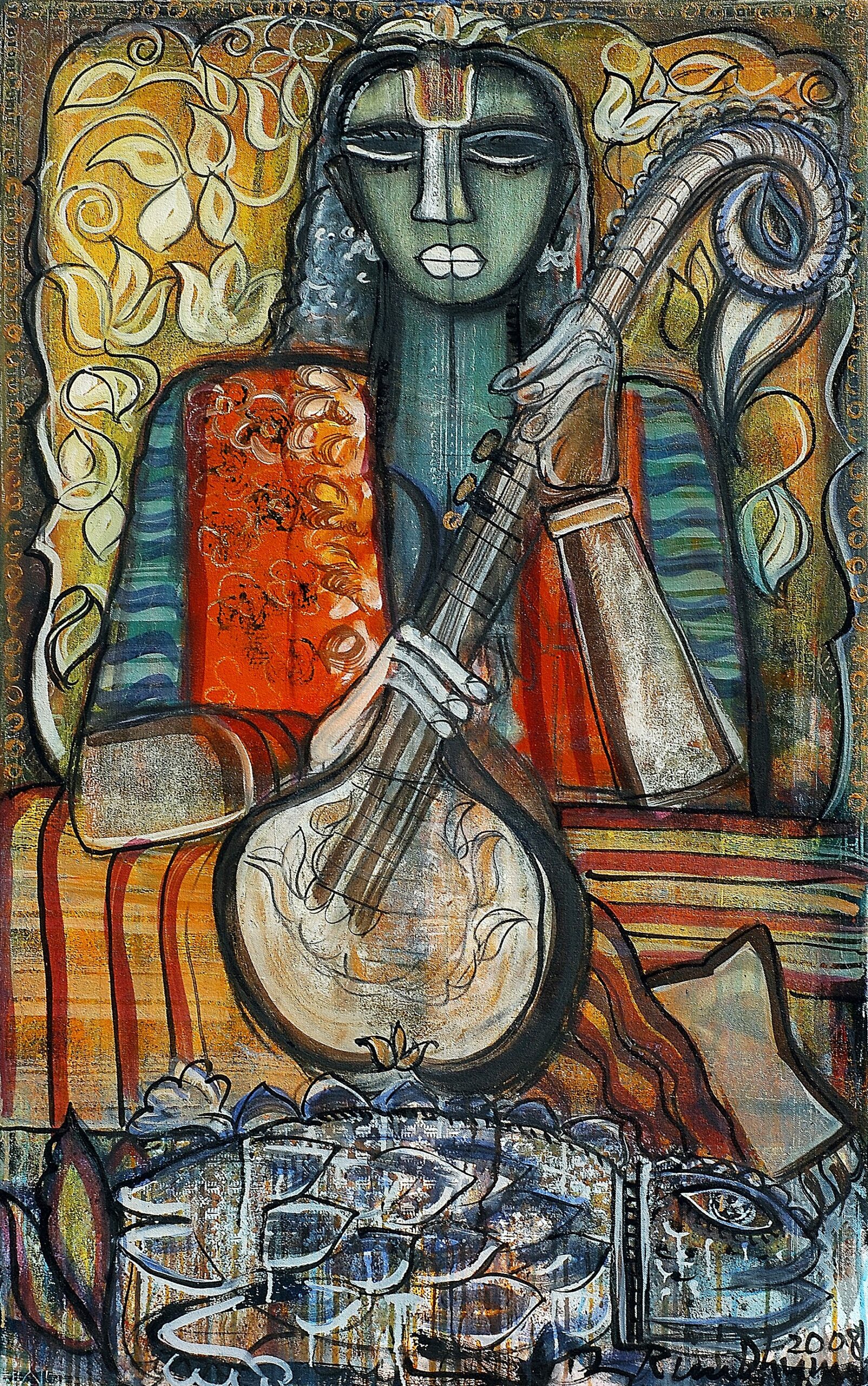Tarpana: The holy act of Remembering one’s Ancestors
SHANKU SHARMA
Usually, thousands of families converge at the historic Barak River (especially the Sadarghat area) in Silchar to pay respects to their elders (Tarpana) in the form of offerings during the season of Pitru Paksha (mostly in September or October). Tarpana is a term that refers to (as per the Vedic practice) to an offering made to divine entities and ancestors. Tilatarpana is a different but associated term that is sometimes confused with Tarpana. Tilatarpana is a specific form of Tarpana involving libations offered to the Pitrs (deceased ancestors) using water and sesame seeds during Pitru Paksha or as a death rite. It forms an integral part of our culture. Tarpana, which means remembrance, has been formed from its root ‘trup’ meaning satisfying others. Departed souls of family members are remembered and obeisance is paid to them. It also marks the beginning of preparations for the Durga Puja festival and is celebrated as Mahalaya, marking the end of ‘Patri Paksha’ and beginning of ‘Devi Paksha’, inviting Goddess Durga to descend on earth. It may be relevant to mention here that Pitri Paksha is a 16-lunar day period in the Hindu calendar when the Hindus pay homage to their ancestors. One of the most important materials which are used is Kosha Kushi. It is used for puja, which is made of pure copper. Kosha Kushi is used for offering holy water to God and Goddess and also used for shradh tarpan puja. Kosha Kushi is an important ritual item used in the Tantric worship of the Divine Mother. Tarpana means Arghya (an offering). It is offered to all devas as well as the Navagrahas whenever mula mantra is recited as japa. TilaTarpana is the Tarpana (or Arghya) offered to Pitrus (departed ancestors) by male descendants who do not have a living father. This is offered at the first annual shraddha (death anniversary) and during subsequent annual shraddhas, amavasyas (new moon days), sankramanas (solar ingresses), eclipses, and during visits to selected holy places of pilgrimage. One can see people with folded arms with black til seeds for performing Til Tarpana. The sacred thread (yagnopavita) is worn in the opposing position, i.e., on the right shoulder. 
A pavitra (ring) made of kush grass is also worn on the ring finger of the right hand and kush grasses in left fingers horizontally called tekusha. It is pertinent to mention here that the posture of hand while offering Tarpana varies for offerings made to devas (Gods, Goddesses, and Navagrahas), rishis (sages), and pitrus (departed ancestors). Many believe that one’s ancestors will be eagerly waiting for Tarpana on all the above occasions. If no offering is made, they will return to their places disappointed, and the descendant will miss their blessings which they could have received if they had performed his filial duties. In fact, Kosha Kushi is an important ritual item used in the Tantric worship of the Divine Mother and represents the yoni and womb of the Goddess, as well as the astral body within the physical body and the microcosm within the macrocosm. It is believed that Tarpana rituals are one of the most powerful holy acts to receive the blessing of your ancestors and to remove ancestral karmas. This year, owing to the coronavirus pandemic, people are abiding by the guidelines, which have been prescribed to prevent the outbreak of coronavirus while performing Tarpana on the banks of the river. The priests and the performers with facial masks on performed the holy act. They were seen maintaining social distancing.


